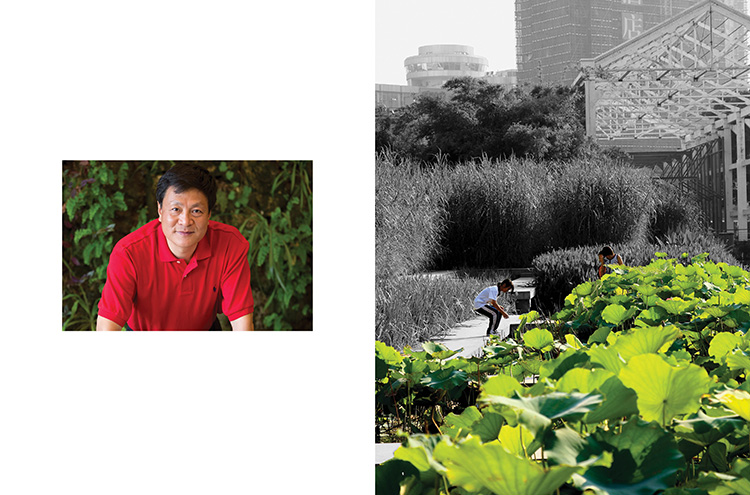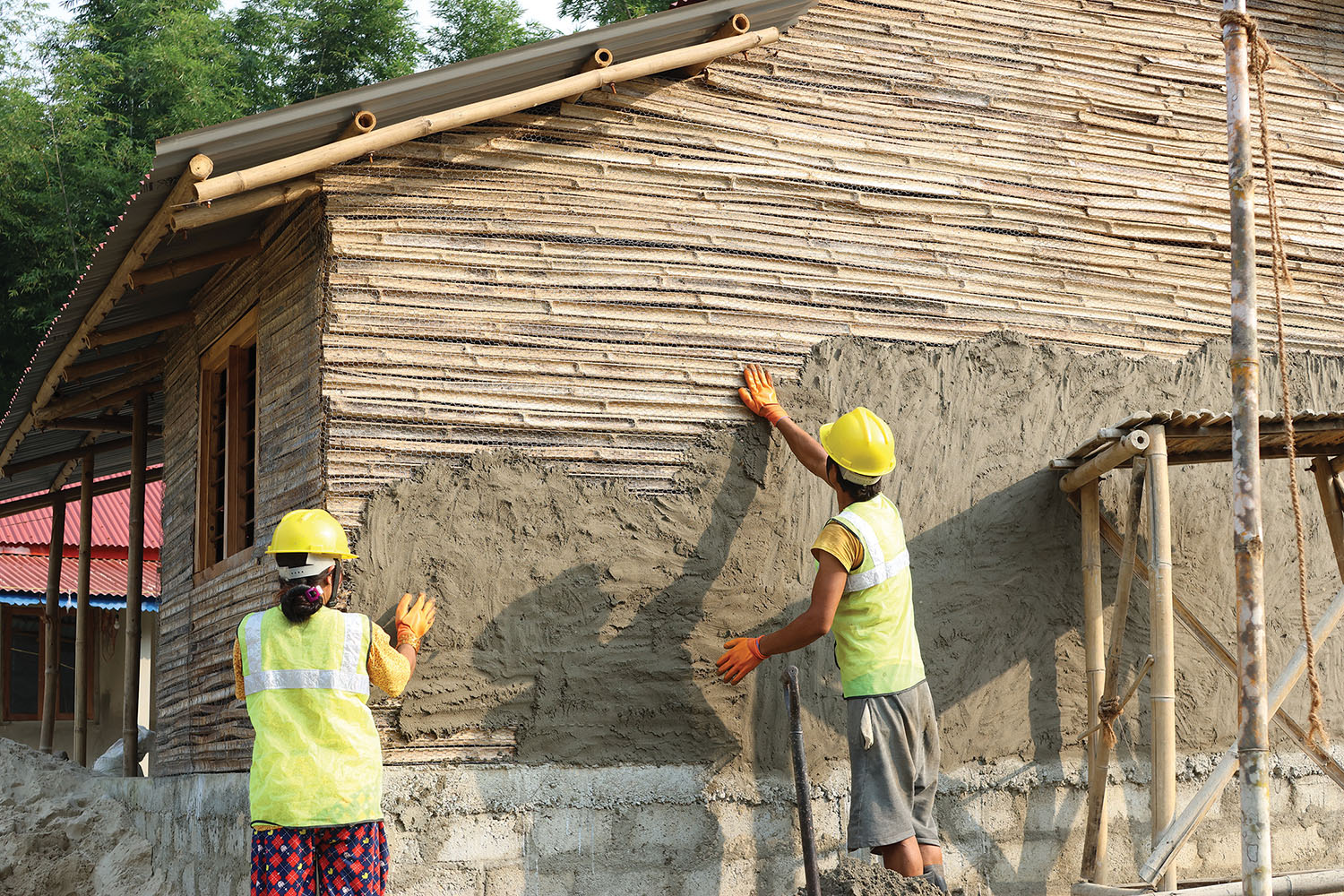Green infrastructure through the revival of ancient wisdom
July 5, 2018
This article argues that the grey infrastructures made of steel and concrete, which we built to connect our physical world, are shallow or even fake connections that are actually the murders of the real and deep connections between human beings and nature, and among various natural processes and flows.
The alternative is Green infrastructure, or ecological infrastructure, the construction of which can be inspired by the ancient wisdom of the peasantry. For the past 20 years, the author has tried to revive some of this peasantry wisdom, and combine them with modern sciences and technologies to solve some of the most annoying issues in today’s urban environment, particularly water. The solutions are simple, inexpensive and beautiful, and have been applied on a massive and extensive scale in over 200 cities in China and beyond.
THE GREY INFRASTRUCTURE AND BROKEN CONNECTIONS
People might think that our world is more connected digitally and physically than ever through the infrastructure we built, with social media and free messaging services on the one hand, and ubiquitous highways and pipelines on the other. But actually, the opposite is true. More than ever, we are disconnected from the communities we belong
Physically, the landscapes that we inhabit are visibly interconnected, such as motorways connecting urban and rural settlements; power lines that transport energy connecting power stations to individual families; pipelines that drain waste water connecting our toilets to sewage treatment plants; aqueducts that transport drinking water connecting reservoir to our kitchens; airlines that transport food connecting the farm in the south hemisphere with the refrigerators in the north; and trucks on highways that carry fertilisers and herbicides connecting factories in the city in the east with the peasants who farm in the rice paddies in the mountainous west.
We have created a connected world, but such connections are false: the landscape matrix and its invisible processes are fragmented and disconnected. The true movement and cycles of water, nutrients, food, energy, species and people are broken or disconnected. The invisibly interconnected relationship between air, water, soil, nutrient, species and people has, more than ever, been harmfully interrupted. The single-minded ‘grey’ solutions of ‘connecting’ and the fake ‘connection’ are actually the murders of those invisible connections.
Take water issues, for example, where over 75 per cent of surface water in China is polluted; 50 per cent of China’s more than 660 cities are facing floods and urban inundation; over 60 per cent of Chinese cities are in shortage of water; the
Sanlihe Greenway (Reprinted by permission of the American Academy of Arts and Sciences; first published in the Bulletin of the American Academy, Summer 2017)
To read the complete article, get your hardcopy at our online shop/newsstands/major bookstores; subscribe to FuturArc or download the FuturArc App to read the issues.
Previously Published Main Feature
Contact us at https://www.futurarc.com/contact-us for older commentaries.



